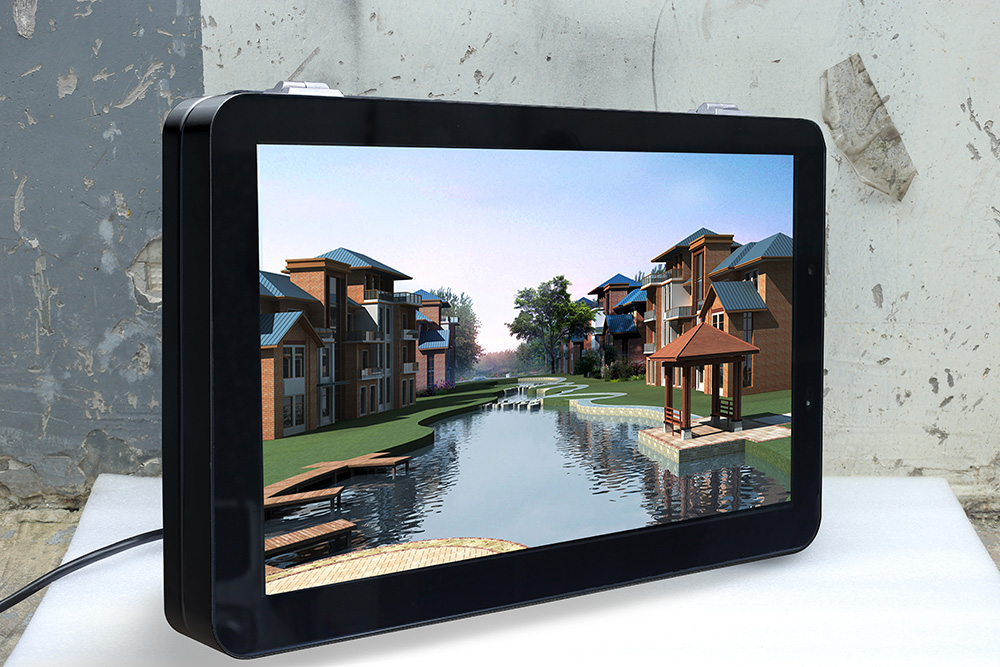Indoor Digital Signage Buyer's Guide
Indoor Digital Signage Buyer's Guide.In the modern era of digital transformation, indoor digital signage has become a crucial component for businesses seeking to enhance their communication, branding, and customer engagement. However, navigating the market to find the perfect digital signage solution can be a daunting task, especially with the wide array of options available. This buyer's guide aims to simplify the process by providing key considerations and practical tips for making an informed purchase decision.

1. Understanding Your Needs
Before embarking on the journey to acquire digital signage, it's essential to have a clear understanding of your business objectives and the role you expect the signage to play. Consider the following questions:
What is the primary purpose of the digital signage? (e.g., advertising, wayfinding, information display, brand promotion)
Who is your target audience?
Where will the signage be located? (e.g., retail store, office lobby, exhibition hall)
How often will the content need to be updated?
Answering these questions will help you define the specific features and functionalities you'll need from your digital signage system.
2. Types of Digital Signage
Indoor digital signage comes in various forms, each suited to different applications. Some common types include:
LCD/LED Displays: These are the most widespread forms of digital signage, offering high-resolution images and videos. They range from small tabletop models to large wall-mounted screens.
Video Walls: Consisting of multiple screens arranged together, video walls create a larger-than-life visual experience, ideal for grabbing attention in busy environments.
Interactive Kiosks: These allow customers to engage directly with the content, often featuring touchscreens for navigation and information retrieval.
Digital Posters: Similar to traditional printed posters but with the added benefit of being able to change content remotely and instantly.
3. Key Features to Look For
When evaluating different digital signage options, there are several key features you should consider:
Resolution: High-resolution displays offer clearer and more vibrant visuals, enhancing the overall viewing experience.
Durability: Look for signage that can withstand constant use and is built to last, especially if it will be placed in a high-traffic area.
Connectivity: Ensure the signage supports wireless or wired connectivity for easy content updates and management.
Interactivity: If engagement is a key objective, opt for signage with interactive capabilities like touchscreens or gesture control.
Energy Efficiency: Choose models with energy-saving features to reduce long-term operational costs.
4. Content Management
A crucial aspect of digital signage is the ability to manage and update content easily. Look for solutions that offer a user-friendly content management system (CMS). A good CMS should allow you to:
Schedule and automate content playback.
Easily update and modify content.
Monitor the status and performance of your signage remotely.
Integrate with other business systems (e.g., point-of-sale, inventory management) for dynamic content updates.
5. Installation and Maintenance
Consider the installation process and ongoing maintenance requirements of the digital signage. Factors to keep in mind include:
The complexity of the installation process and whether professional assistance is required.
The availability of technical support from the supplier or manufacturer.
The cost and frequency of routine maintenance, such as software updates or hardware replacements.
6. Budget Considerations
Digital signage solutions can vary widely in cost, depending on the type, size, features, and quality. It's important to set a budget and consider the total cost of ownership, which includes the initial purchase price, installation costs, and ongoing maintenance expenses. Additionally, explore financing options or lease agreements that might suit your budget constraints.
7. Choosing a Supplier
Selecting a reliable supplier is crucial for the success of your digital signage project. Look for suppliers with:
A solid track record and positive customer reviews.
A comprehensive range of products and services to meet your specific needs.
Responsive customer service and technical support.
Competitive pricing and flexible payment options.
8. Future-Proofing Your Investment
Technology is constantly evolving, and it's essential to choose digital signage that can adapt to future advancements. Look for systems that:
Are scalable and can accommodate upgrades or expansions.
Utilize open-source or widely supported software platforms.
Have a modular design that allows for easy replacement of components.
Purchasing indoor digital signage is a significant investment that can greatly impact your business. By considering your needs, understanding the different types of signage, evaluating key features, managing content effectively, planning for installation and maintenance, setting a budget, choosing a reliable supplier, and future-proofing your investment, you can make an informed decision that aligns with your business goals and ensures a positive return on investment.
Application scenarios of digital signage








